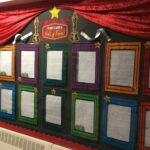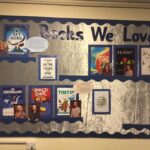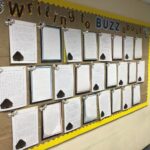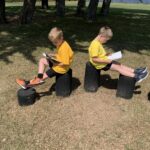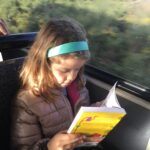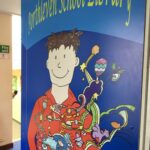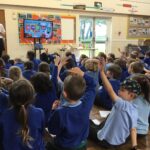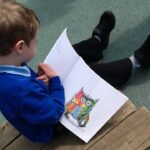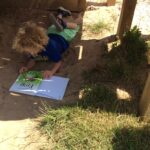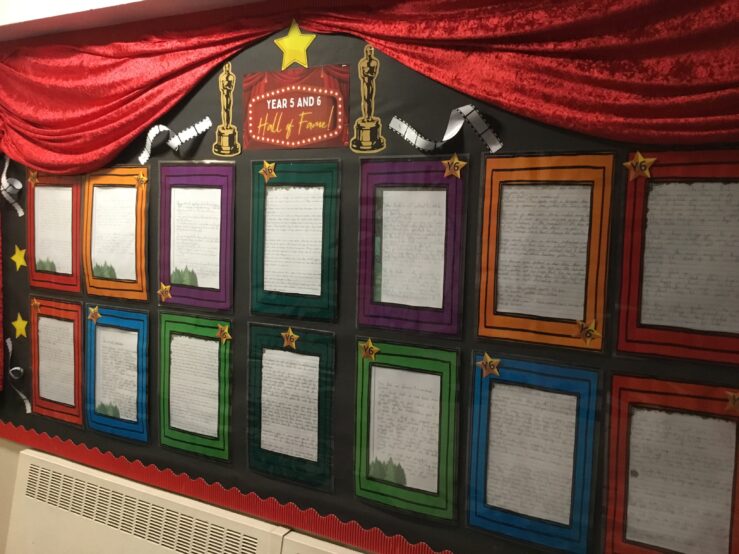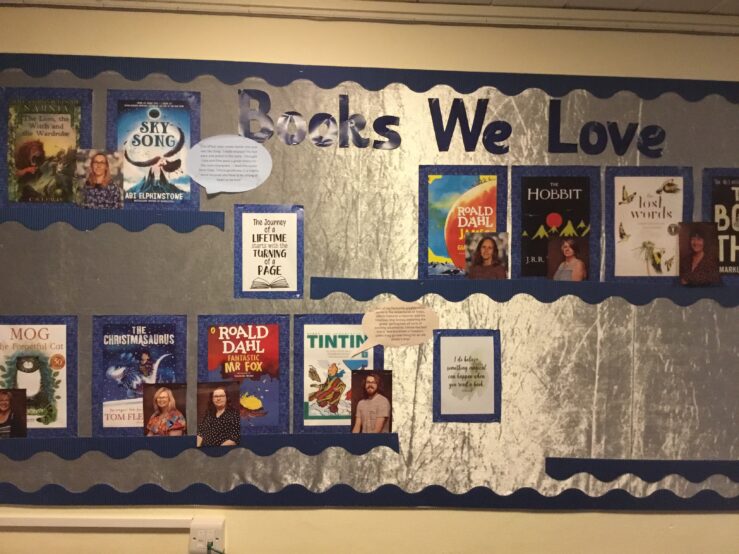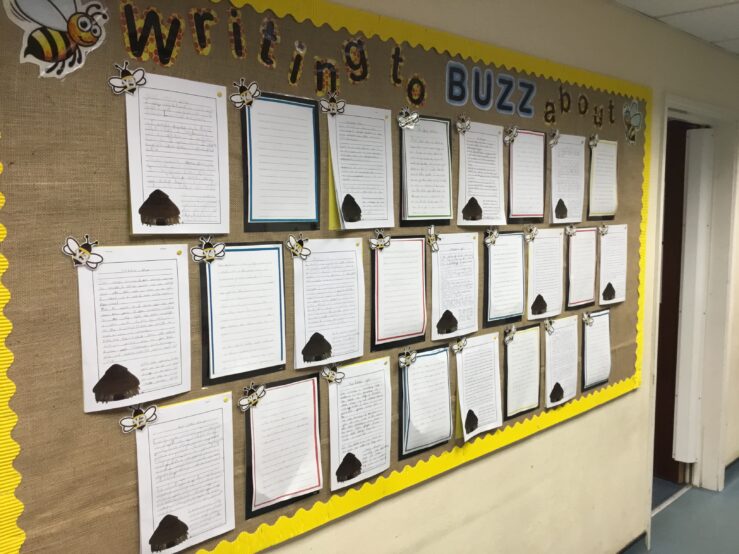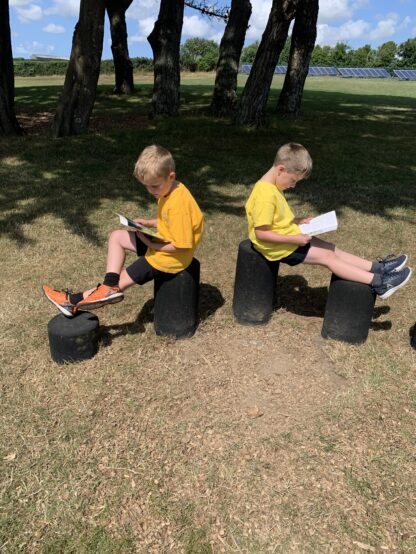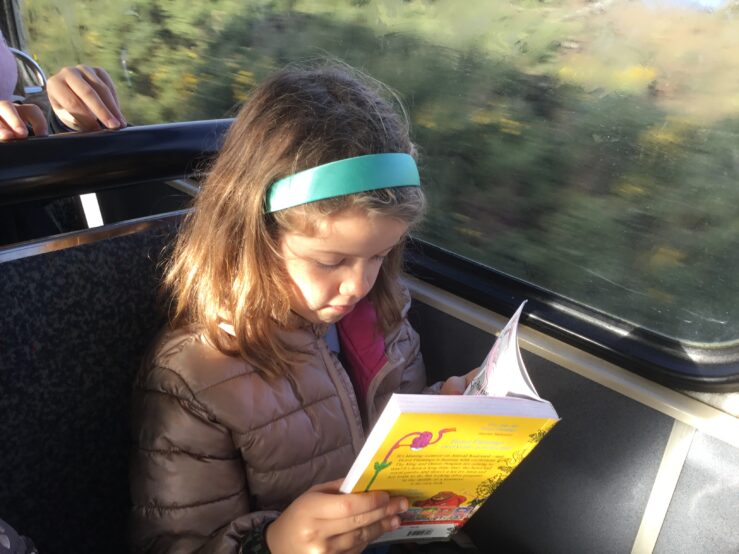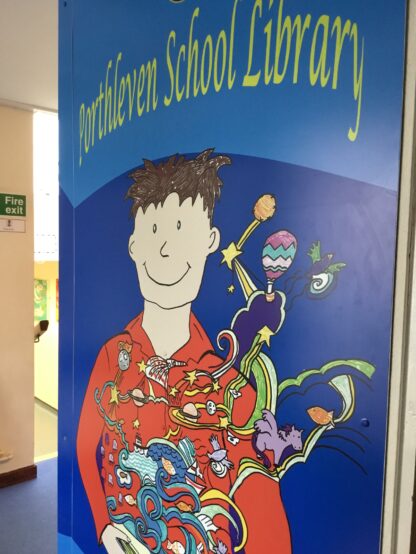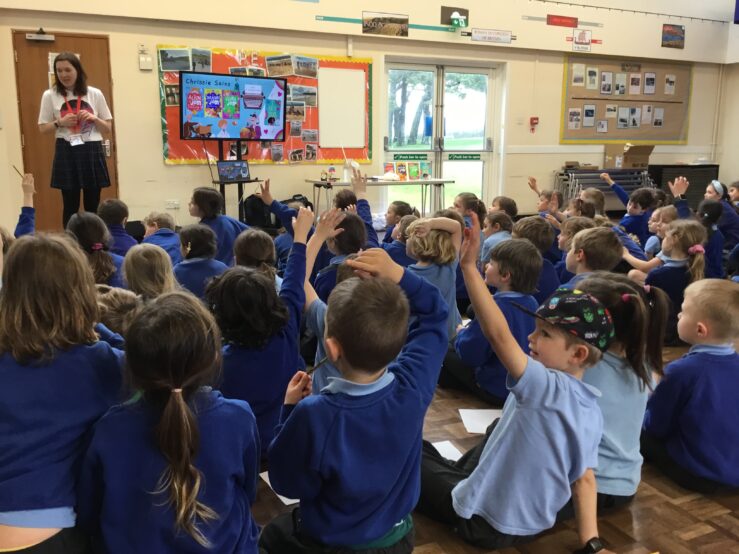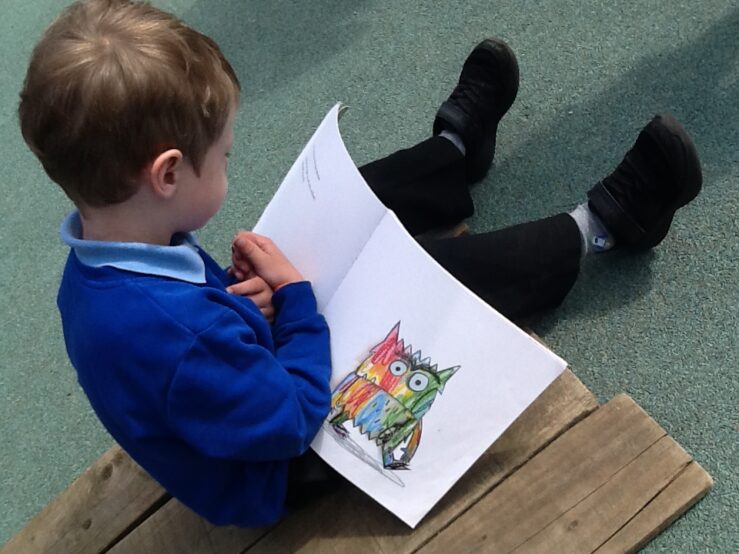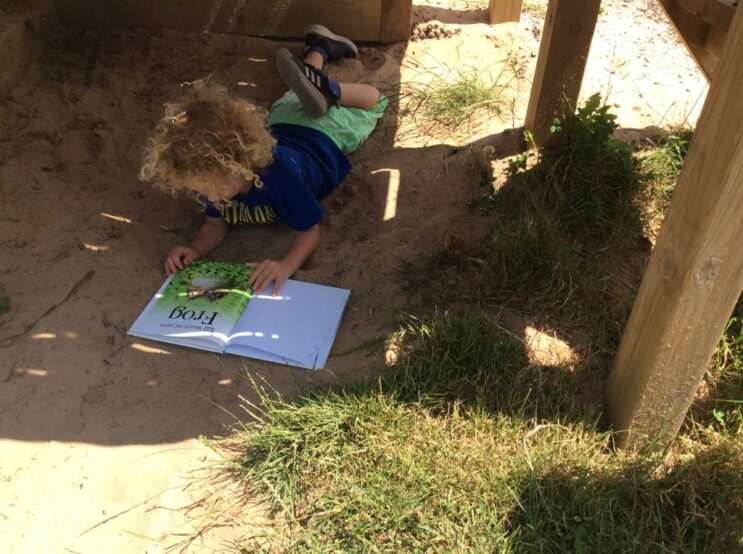English
Our English curriculum is designed to highlight the essential role of English in everyday life and foster a deep love for reading, writing, and discussion. We aim to nurture a culture where children take pride in their writing, engage thoughtfully in reading, and confidently adapt their language for various contexts. Our goal is to inspire confident speakers and listeners, empowering children to use discussion as a tool for learning and communication.
We strive to develop articulate, imaginative communicators who are equipped with the skills they need to become lifelong learners. By focusing on decoding texts, exploring language, and enhancing comprehension, we help children become confident readers.
To make English learning relevant and meaningful, we establish strong links across the curriculum, integrating reading and writing into various subjects and immersive experiences. We want our children to engage with authors and genres critically, sharing thoughtful insights and evaluations. In writing, they should clearly understand the audience, voice, and purpose using accurate grammar and spelling. By exposing our children to rich vocabulary, we ensure they write with intention and clarity.
